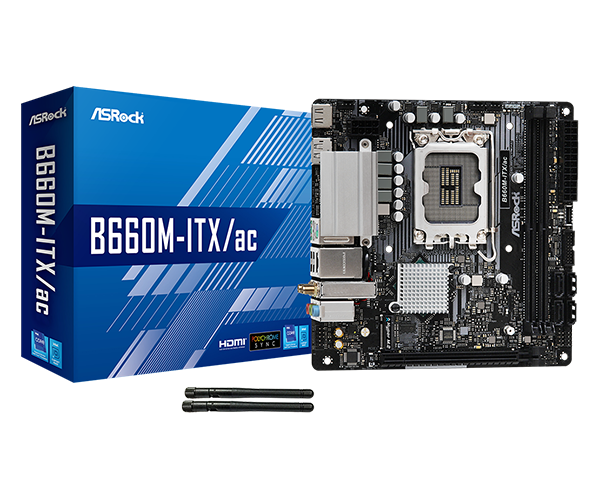- Apr 25, 2015
- 5,930
- 4,991
- 136
Im coming from Fedora Linux installation, and want to install Windows 11 on my PC.
NVMe SSD on which I would install Windows 11 has been wiped, formatted with NTFS in Diskpart, the partition is active.
When I try to install Windows, there is a prompt stating that "no device drivers have been found". There is plenty on this topic in the internet, and I have tried every possible scenario, including downloading drivers for Intel RST, and it still doesn't work.
Here is the thing. When the USB with the drivers is connected, there should be visible iaStorVD.sys or iaStorAC.sys visible for the installation, assuming this is what is being needed. Problem is that those .sys files are nowhere to be seen for the installation manager. Only .inf files are visible, and NOTHING else which is in the folders, and there are .exe, .sys, etc files in the folders.
I have tried every possible configuration in UEFI(apart from making factory reset), I have tried every possible configuration of secure boot, and CMS being disabled. Tried TWO Pendrives, tried 4 different USB ports, tried two different Windows ISOs. Still no result.
My PC:
Core i3-12100F, 8 GB RAM 3200 MHz, ASRock B660M-iTX/AC, RX 6500 XT, 250 GB Lexar NM610 SSD.
I am completely lost for words with how difficult can Windows 11 install be.
NVMe SSD on which I would install Windows 11 has been wiped, formatted with NTFS in Diskpart, the partition is active.
When I try to install Windows, there is a prompt stating that "no device drivers have been found". There is plenty on this topic in the internet, and I have tried every possible scenario, including downloading drivers for Intel RST, and it still doesn't work.
Here is the thing. When the USB with the drivers is connected, there should be visible iaStorVD.sys or iaStorAC.sys visible for the installation, assuming this is what is being needed. Problem is that those .sys files are nowhere to be seen for the installation manager. Only .inf files are visible, and NOTHING else which is in the folders, and there are .exe, .sys, etc files in the folders.
I have tried every possible configuration in UEFI(apart from making factory reset), I have tried every possible configuration of secure boot, and CMS being disabled. Tried TWO Pendrives, tried 4 different USB ports, tried two different Windows ISOs. Still no result.
My PC:
Core i3-12100F, 8 GB RAM 3200 MHz, ASRock B660M-iTX/AC, RX 6500 XT, 250 GB Lexar NM610 SSD.
I am completely lost for words with how difficult can Windows 11 install be.




